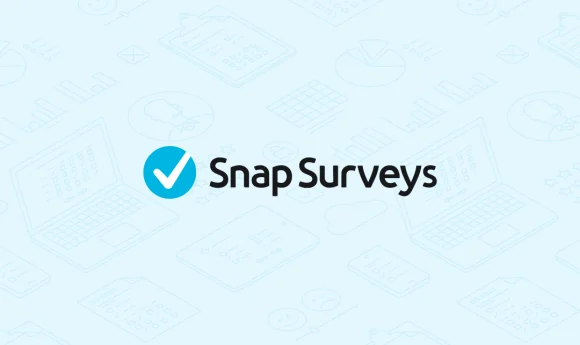Wrong answer or wrong question? That is the question.
What is the goal of your online survey? Perhaps your goal is to measure employee satisfaction, improve product features, improve student learning, or increase your customer base. Whatever your goal is, online surveys are a great solution for collecting valuable feedback and information. Online surveys are easy to create, but wait! Have you tested your survey to ensure that you receive the types of answers you anticipate? When it comes to developing questions for your online surveys, plan your survey questions wisely, because there is no such thing as a wrong answer. There are only wrong questions.
If not properly planned (i.e. wording, phrases, question type), respondents may interpret your questions in several ways. Here are a few tips to help you create survey questions that get you the answers you need.
- Create closed-ended questions. To ensure that your online survey is clear and understandable, whenever possible, use closed-ended questions such as single-response questions, multiple-choice questions, and rating scale or ranking scale questions. Open-ended questions (also known as literal response questions or comment questions) are left too open to interpretation.
- Don’t combine contrasting topics. Don’t ask respondents questions that deal with more than one subject. This can cause the collection of inaccurate data. For instance, don’t ask a respondent in a customer satisfaction survey ”are you pleased with the service you received and the selection of our products?” given that service and product selection are two unrelated subjects. A customer may be pleased with service, but not the product selection, and vise versa.
- Focus on the positive and negative. Don’t withdraw questions that may come across as being negative to your organization. If you only present questions of a positive nature, what information can you learn from the survey to help you improve your organization? Whether positive or negative, the information you gather can only help your organization to improve.
- Don’t overload your survey with questions. As you review and test your survey, evaluate what you will do with the data you receive from each question. If the responses to a question do not provide a satisfactory answer, leave the question out. Try to prevent the “maybe I will just add one more question” mentality.
- Provide all applicable answers. Some closed-ended questions may not contain all the appropriate answer options necessary for a respondent to accurately answer the questions. Unless you are certain that respondents will have an obvious answer, always include the answer options “Don’t know” or “Not applicable” to all survey questions.
Following these 5 tips for survey question design will help you collect more accurate results.



